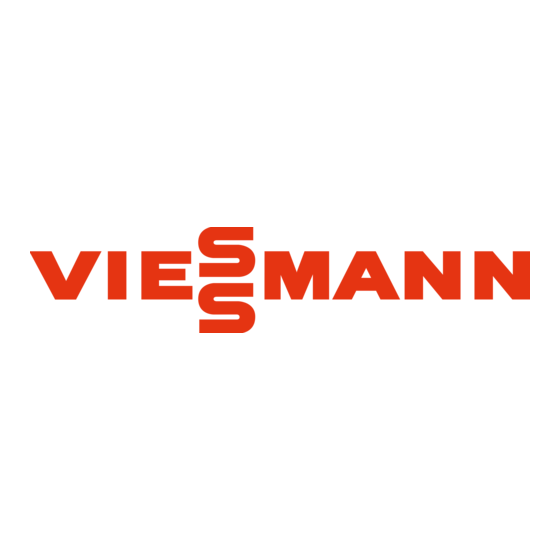

Viessmann VITOCAL 200-S Service Instructions For Contractors
Hide thumbs
Also See for VITOCAL 200-S:
- Installation and service instructions manual (160 pages) ,
- Installation and service instructions for contractors (152 pages) ,
- Datasheet (10 pages)
Table of Contents
Advertisement
Quick Links
Advertisement
Table of Contents

















Need help?
Do you have a question about the VITOCAL 200-S and is the answer not in the manual?
Questions and answers